I’ve always been fascinated by road building. That might be because of my name (the sunken-lane ‘Holloways’ were the pre-Roman ‘motorways’ in southern England) or because my father worked on putting the M6 across Shap summit or even because I grew up a couple of miles from Britain’s first section of motorway, the Preston Bypass.
Long-distance roads are key to civilization. But this country – or at least the people who have run it – has long been in two minds about the personal freedom and massive economic benefits they can bring.
Before WW2, Germany and Italy were building motorways, and rest of war-ravaged Europe followed during post-war reconstruction. In Britain, as I’m endlessly pointing out, even by 1959 Britain had no motorways at all and was still using steam trains.
We had a burst of motorway building in the 1960s and 1970s, before the UK’s strong anti-roads sentiment started to get back into gear. Of course, there’s no excuse for the idiotic planners who thought ‘ring roads’ should go through cities (Birmingham) rather than around them, as they do in all continental cities.
So I think we were lucky that the Conservative government of 1979-1997 had a pretty robust attitude to driving motorways through. The M25 was finished and the M40 pushed through despite some very clever tricks by the anti-roads mob, including buying a field and selling it, sod by sod, to 10,000 owners around the world. Try and imagine no M40 today.
It’s weird to think that there will probably be no more motorways built in the UK. They are still being built in France and Germany, but it looks like that, for example, a London to Edinburgh motorway is now an impossibility.
But we still need capacity in certain areas. Business traffic and economic growth demand it. Last year London mayor Boris Johnson suggested that tunneling was the answer for both extra road capacity and taking traffic off the streets of a capital that lacks the urban motorways of Paris, Munich and Amsterdam.
Plenty of people called him bonkers but, as is often the case with Boris’s ideas, they are already in use overseas. Madrid, which has many urban motorways, has been part-burying the M30. In Amsterdam – which also has a ring of motorways - one motorway is set to be widened to 12 lanes and buried, while in Germany, sections of motorway are being covered with the covering being turned into gardens. In the US, Boston is digging-in the six-lane elevated urban motorway that crossed the city.

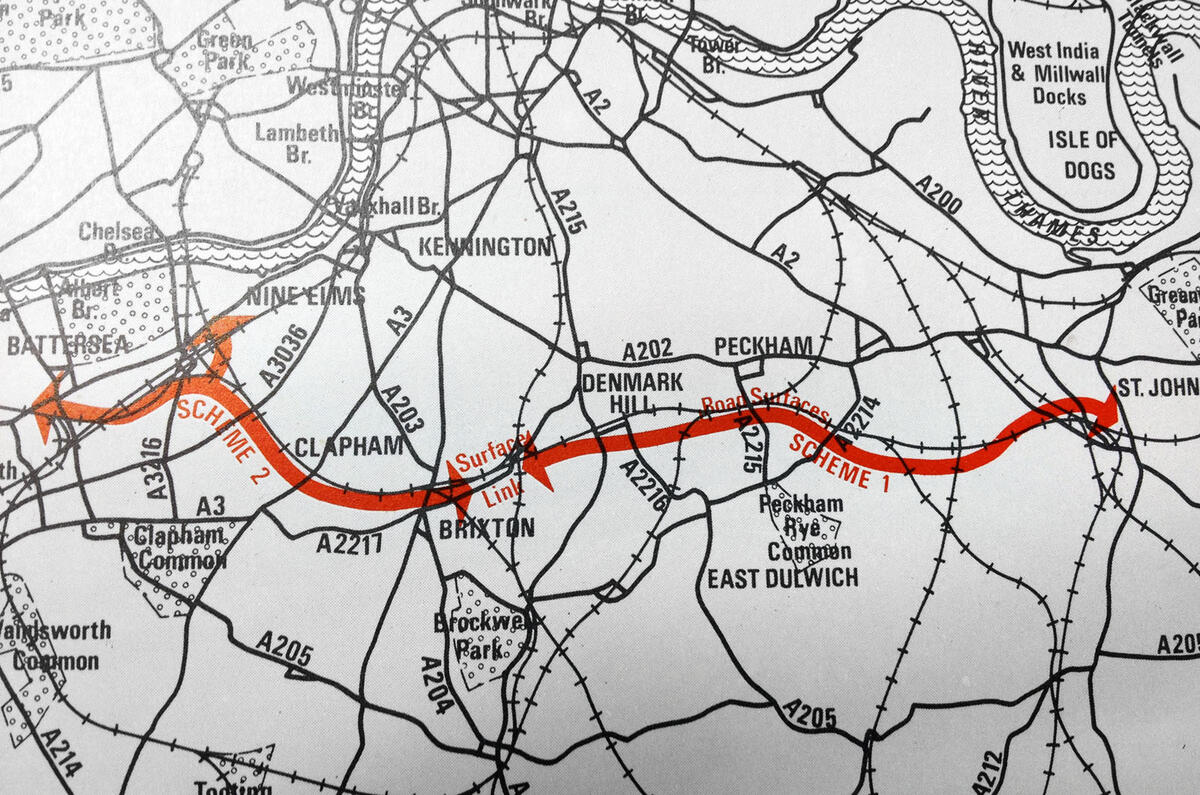
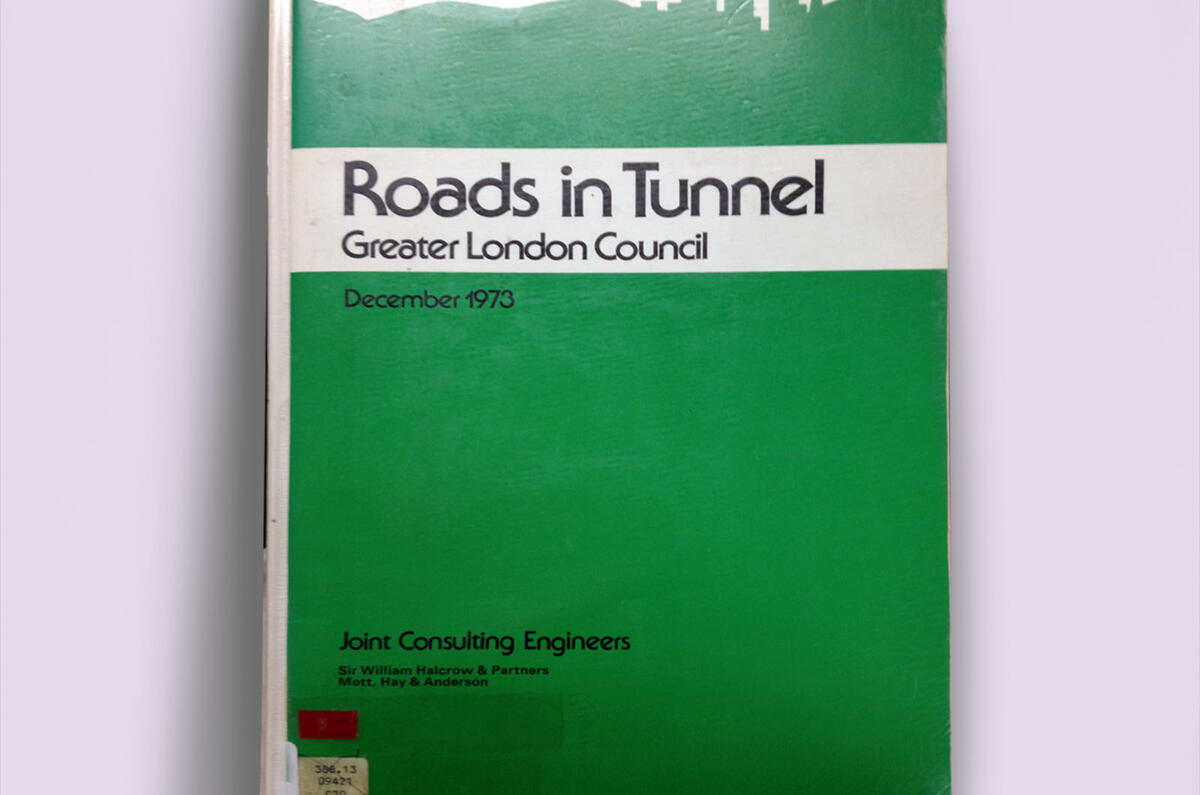
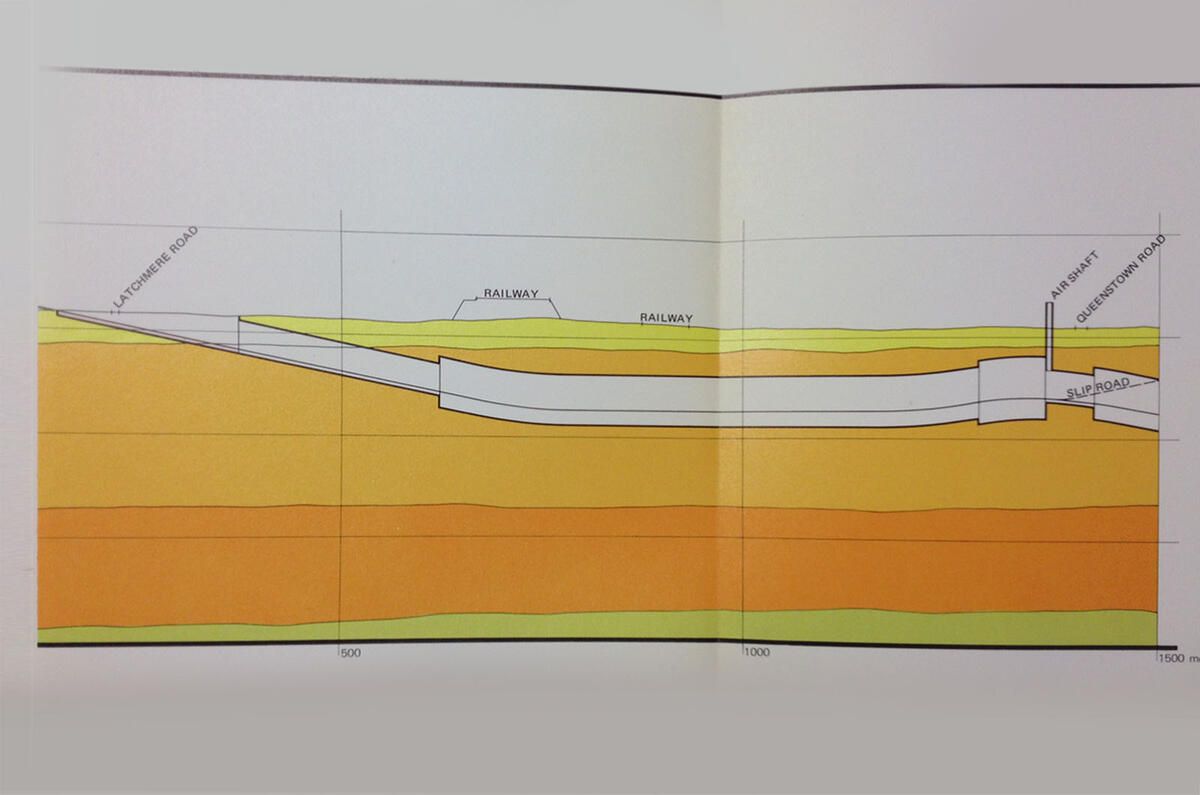
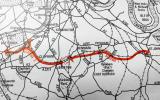
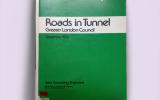




Join the debate
Add your comment
Tunnel vision is not intended to benefit drivers
He also seems out of his depth as Mayor and is run by the old guard that didn't change at Transport for Livingstone (TFL). The Mayor's Roads Task Force turned the screw even harder - but don't expect the AA, owned by a foreign insurance company and parent to a speed awareness course firm) to stand up for drivers.
The game plan in London is to hype taking main road structures like the gyratories and the Hammersmith Flyover out of use and turn the space over to prime property developers.
Drivers will get jam tomorrow in the shape of replacement tunnels, but they - not the property sharks - will be forced to pay for them via tolls.
The left-winger and PC brigade will excuse this as it is 'encouraging active travel' or at least pushing us out of our cars, as the alternative will be to take an even more congested diversion.
Even though it makes a mockery of the government's violin-playing assurances that there will be no tolling on existing routes or preparation for same.
We need more road space, so let's get tunnelling??!!
The south London roads.
As for the M23, i laugh every time i exit at the north end and see the motorway proudly turn into a field.
As for tunnels, are they practical? The channel tunnel was made as a shuttle, an underground rail ferry really, because it was calculated that so many cars would break down in a real road tunnel it was impractical. Just read about how many people broke down on the mere 55 miles of the M1 on the day Marples opened it.